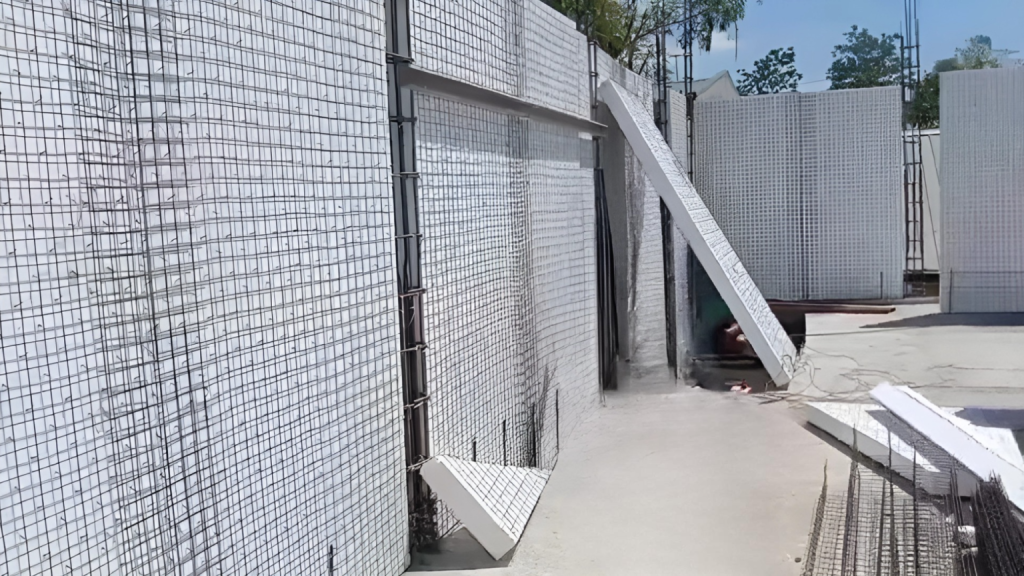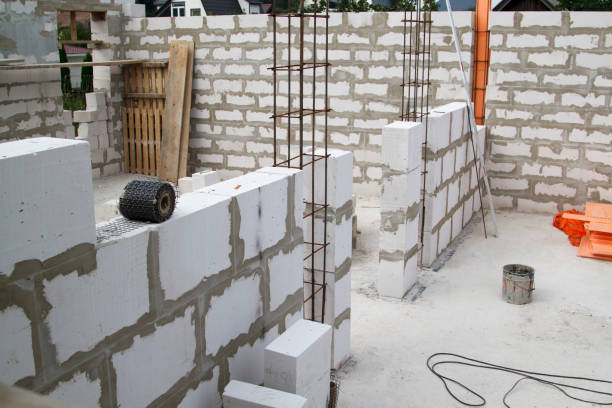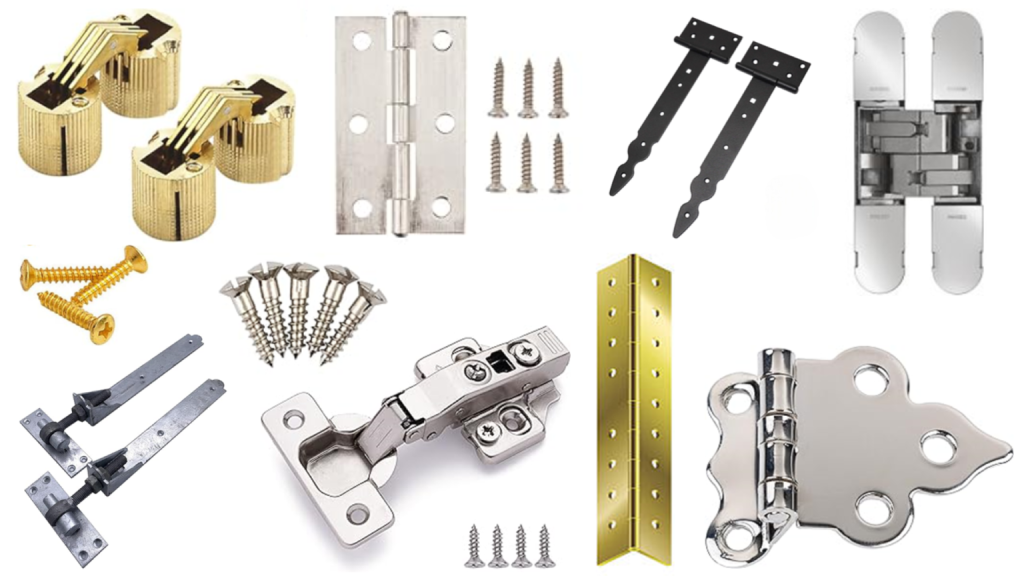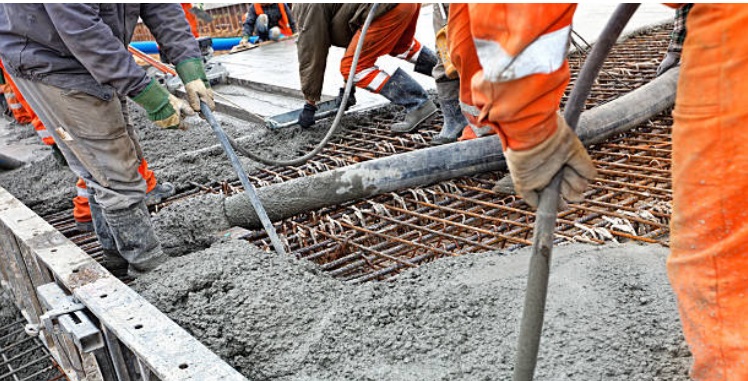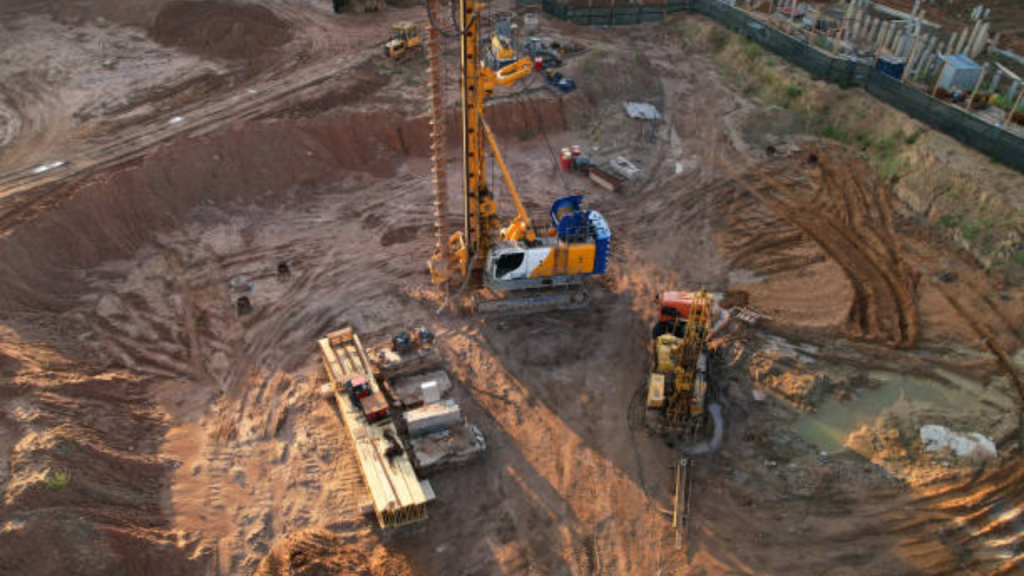Plumbing Works
A plumbing system is the combination of pipes and fittings installed in a building or premises. There are two types of plumbing systems in all facilities: One is in charge of the provision of drinking water, while the other is in charge of disposing of waste water. Water service plumbing work includes the installation, alteration, […]


